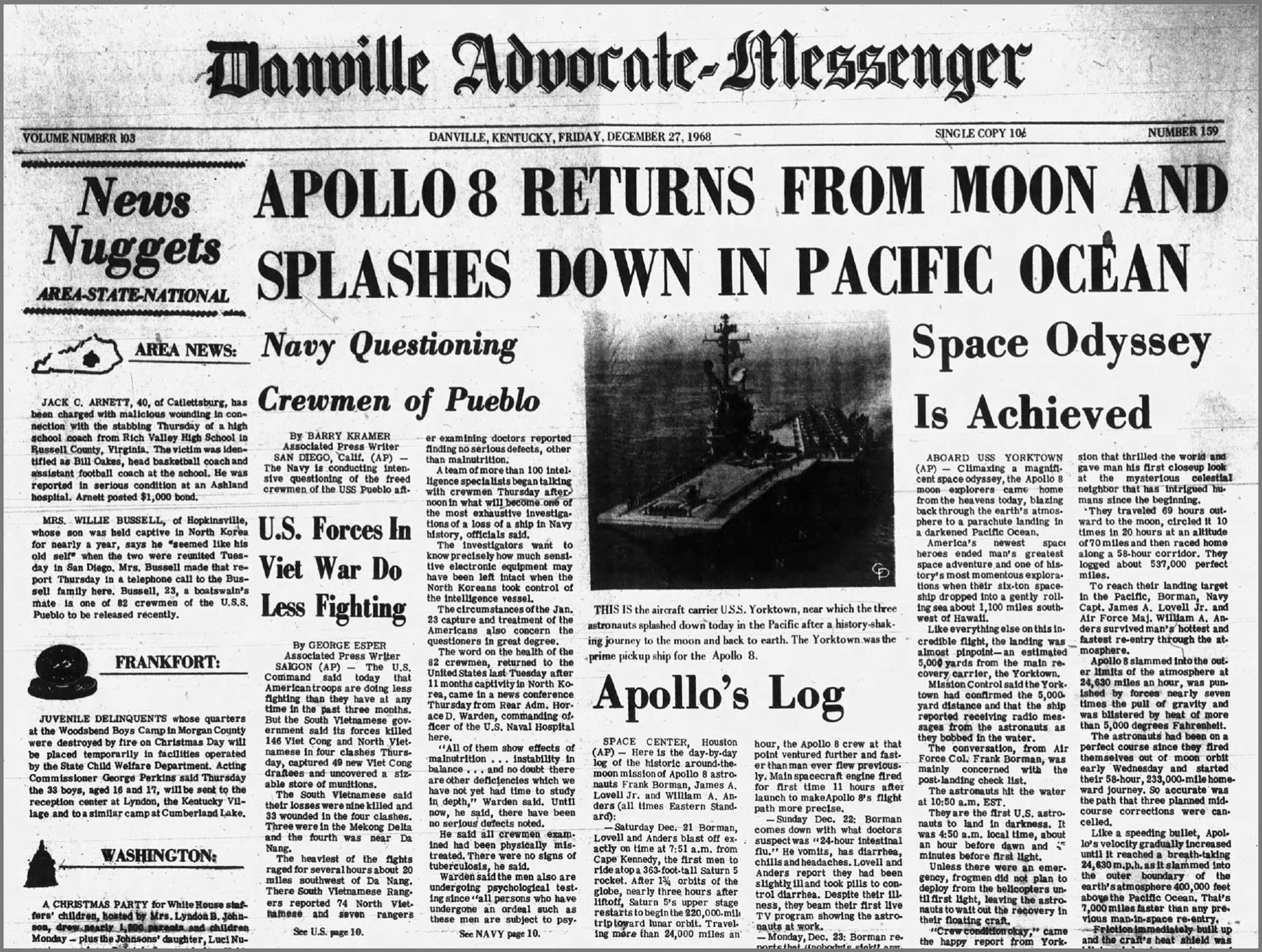Food waste is a big problem, but you can do something about it
Published 2:46 pm Monday, July 30, 2018
Food waste in the United States is a major issue. But it’s not being ignored. I was happy to learn that the U.S.Department of Agriculture (USDA), the Environmental Protection Agency (EPA) and others are taking food waste seriously and trying correct the problem.
According to the USDA website, on “September 16, 2015, the first-ever national food loss and waste goal in the United States was launched, calling for a 50-percent reduction by 2030.”
While 2030 is a long while away, it’s good we’ve acknowledged the problem and have some kind of a goal in mind to reduce food waste.
One component of any solution has to be educating the public about food waste. It might not seem like a big deal to throw your food in the trash, but it is. According to the USDA, we waste about 30-40 percent of our food supply. About 31 percent of this waste is food thrown out by retailers and consumers. In 2010, that represented approximately 133 billion pounds and $161 billion worth of food.
This is terrible for so many reasons. Lots of people in the United States don’t have enough food to eat. While some people don’t have enough food, others are throwing out perfectly good food.
It also takes resources to produce all that food we waste. All of the water, labor, processing and transportation that it took to make that food were just wasted along with the actual food.
And when that food is wasted, it doesn’t just disappear. When it comes to trash, it’s always good to remember there is no “away” – you can’t just throw something away; it goes somewhere else.
A lot of our wasted food will end up in a landfill. That at least seems less problematic than plastic ending up in the landfill, right? I used to think food is a natural thing that will break down into the environment, so it’s totally fine.
I was very wrong. When foods end up in the landfill, it’s not like they are going to a composter. We are throwing away so much food that it’s actually the second largest category of stuff going into municipal landfills, according to the USDA.
When the food is in the landfill, it breaks down quickly, which seems great. But when it breaks down, it produces methane, greenhouse gas.
Food waste is the third-largest producer of methane in the United States. That means when you throw food away, you are contributing to global warming.
The best thing you can do is to only buy the food you are going to eat, which I know isn’t always easy. Meal planning can be a great way to reduce your food waste.
Here’s another idea: If you know you aren’t going to eat something before it goes bad, you might be able to freeze it to give it some extra time.
There are also all sorts of recipes online for things to make with foods that might be a little past their prime.
You can start a compost bin for fruits and veggies that go bad. Instead of throwing them away in the trash, you can compost them and make great soil for your plants.
With so many options available to us it shouldn’t be hard to reduce our food waste. But it can be. That’s because changing how much food you waste isn’t something you can fix by just knowing about the problem or doing something once. You have to commit to building new habits that result in a lifestyle change.
On a related note, you can also help the environment by shopping at your local farmers market. Buying food locally means that is hasn’t had to travel too far to make it to you. The other benefit is that it usually comes with less packaging.
I used to think of the farmers market as just having a few vegetables, but if you haven’t checked one out in a while, I highly recommend it. Depending on the market and the vendors sometimes you can find honey, bread, flowers and things like soaps and lotions.
Amanda’s Animal Fact of the Week
There are more than a dozen species of hedgehogs. Some sleep through the cold, which is called hibernation. Some sleep though the heat and drought, which is called aestivation. Some hedgehogs live in temperate areas and are awake all year long.






